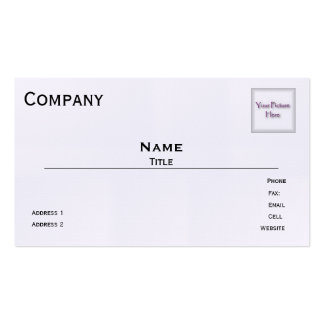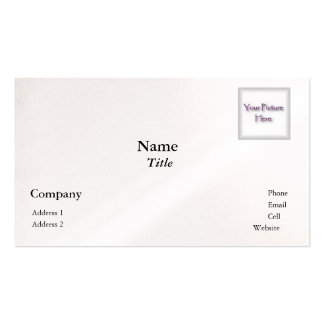1. Misclassifying workers
Perhaps the hottest audit issue today is misclassifying workers. There’s incentive to treat workers as independent contractors rather than employees because payroll taxes and employee benefit costs are high; a company’s only tax responsibility for an independent is issuing a Form 1099-MISC if payments in the year are $600 or more.
You don’t have the freedom to select the label for the worker; classification depends on whether you have sufficient control over the worker. This essentially means having the right to say when, where, and how the work gets done. Having an independent contractor agreement is helpful in showing that you and the worker do not intend any employer-employee relationships, but it doesn’t bind the IRS, who is not a party to the agreement.
Find information about worker classification from the IRS. When in doubt, consult your tax advisor.
2. Not using an accountable plan for employee reimbursements
If you normally pay for travel, entertainment, tools or other business costs for employees, you’re wasting employment tax dollars if you don’t use an accountable plan. With this arrangement, you deduct the expenses but avoid all payroll taxes on reimbursements; employees do not have any income from reimbursements.
To be an accountable plan, the employer must formalize the arrangement and set reasonable times for action (the following times are reasonable to the IRS but you can adopt shorter time limits for action):
- The reimbursable expense must be business related.
- Advances cannot be made before 30 days of the expense.
- Employees must account for the expenses within 60 days of the expense.
- Employees must return excess reimbursements to the employer within 120 days of the expense.
Find details on accountable plans from the IRS.
3. Failing to keep payroll records
You are required to maintain payroll records and have them available for IRS inspection. These include time sheets, expense accounts, copies of W-2s and other payroll records. Usually, you should keep information for at least four years.
You should also retain copies of Forms I-9
4. Choosing to pay creditors before the IRS
When a business gets into a cash crush, it may be tempting to pay the landlord, vendor, or utility company before the IRS; don’t! As a business owner, you are a “responsible person” who remains 100% personally liable for “trust fund” taxes (amounts withheld from employees’ wages). This is so even if your business is incorporated or is a limited liability company.
Best strategy: Set aside cash to cover payroll taxes so you won’t use these funds for any other purpose. Find more information about the trust fund recovery penalty from the IRS.
5. Failing to monitor payroll company activities
Many small businesses use outside payroll companies to handle the job of figuring withholding as well as transferring funds to the U.S. Treasury to cover payroll taxes. However, some of these companies may not do their job, by error or intentionally. As an employer, even if you use an outside payroll company you remain responsible for payroll taxes.
Best protection: Monitor your tax account to see that funds are being deposited on time and in the correct amount. If deposits are made electronically using EFTPS.gov, you can easily see activities in your account.
Conclusion
Stay on top of your employer responsibilities to avoid any penalties or entanglements with the IRS, the Department of Labor, or your state’s agencies.
___________________________
___________________
Make compelling statements about your organization by using absorbing pictures that convey much more than words. Glossy, high resolution digital images give a nice professional look to your cards and speak volumes about the class of your enterprise. Paint a bright, optimistic and cheerful picture of your profession by incorporating cute photographs of sleeping babies, adorable pets, happy families, celebrations and natural beauty. Professionals like realtors and personal trainers can use their own photographs to make themselves easily identifiable and recognizable among several competitors. A personal mug shot adds to the familiarity of 'brand you' and increases your likeability factor among the target audience. Photo business cards look remarkably uncontrived and can be used intelligently to convey the philosophy of your enterprise. Use images that suggest trust, integrity, quality, passion, service, sophistication and expertise and you will win over your prospective customers at first instance. It is important to keep the pictures relevant to your profession. A delicate pack, inspired by the allure of vintage French Linen. Ideal for lovers of fine fabrics, interior designers, boutique hotels or sellers of vintage goods. Click the Customize It tab to enter your information and upload your phot or logo. Box of 100. Ships Tomorrow!
Metal Business Card Case

Our sleak metal business card case is a must have for any executive! Luxery meets practicality with this contemporary and stylish executive card case. Put your best first impression forward to your clients and associates. Card case features a faux velvet inlay and snap closure. Holds 15 cards. Size: 3.69"W x 2.35"L x .34"d. Fully customizeable with your name and/or business logo.



No comments:
Post a Comment